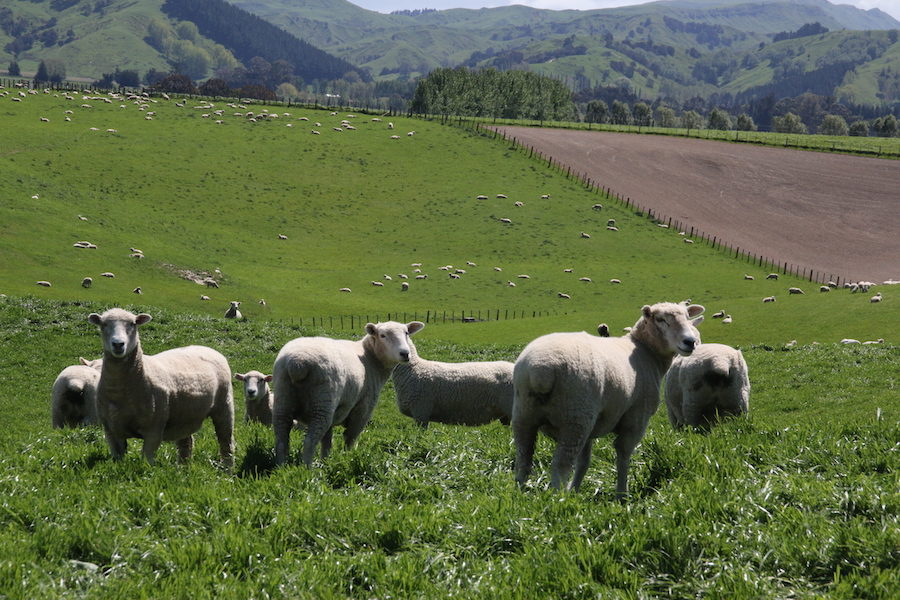No-Till Farmer
Get full access NOW to the most comprehensive, powerful and easy-to-use online resource for no-tillage practices. Just one good idea will pay for your subscription hundreds of times over.

ADDING ACRES. Since adopting no-till, Jim and Nathan Williams can handle additional acres with no additional resources. The father-and-son team raises 6,500 lambs, graze 2,000 replacement ewe lambs, finish 250 beef heifers and grow nine different crops.
It was evident that Jim and Nathan Williams were pounding their soil to death to achieve a good seedbed.
The father-and-son team in Masteron, New Zealand, had a tillage program that was primarily moldboard plowing, running a Cambridge roller, power harrowing three times, drilling and then rolling their fields once — sometimes even twice — after seeding.
“The time had come to modify or completely change the process,” Jim says. “It was evident that we were pounding our silt loam, bottom ground and the clay loam soils on undulating terrain to death to achieve a good seedbed.
So the two decided to park their extensive lineup of tillage equipment and moved to no-till by purchasing a Cross Slot drill. Since then, they’ve seen significant changes in their 450-acre operation, which is located in the southeast corner of the North Island.
Because they farm on the dry eastern coast where there is no irrigation, no-till helps them retain soil moisture, attain more versatility with an intensive grain, forage and grazing program, and increase fuel savings while reducing wear and tear on their no-till equipment. They’re also able to seed fall crops within days of harvest, or as soon as grazing is completed on turnip pastures.
…